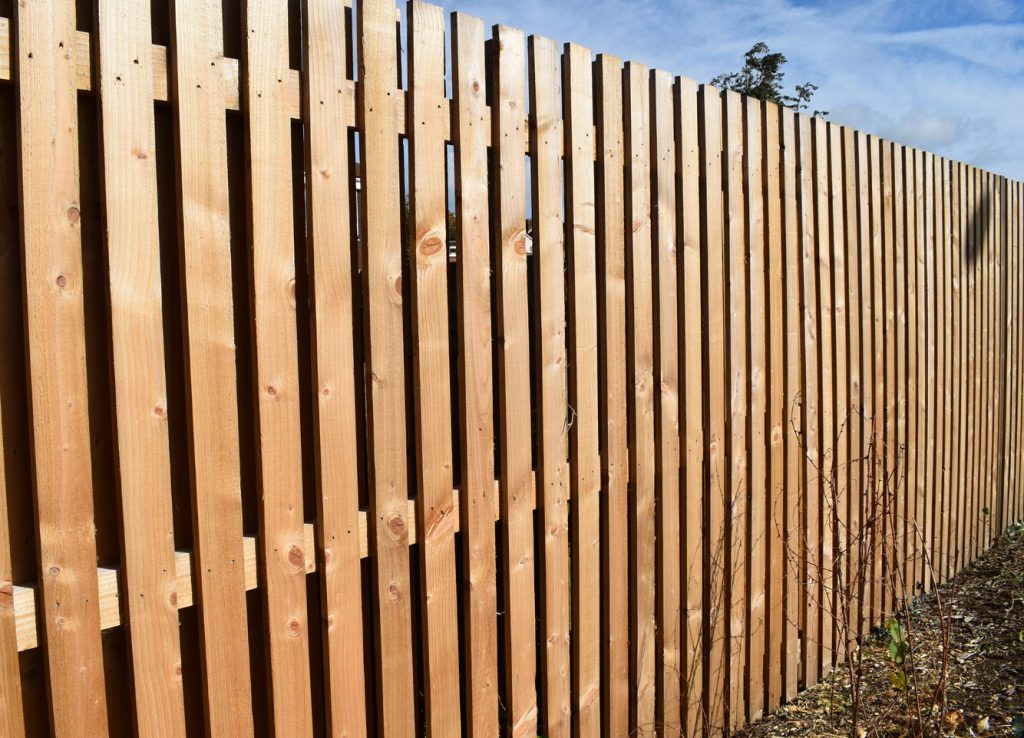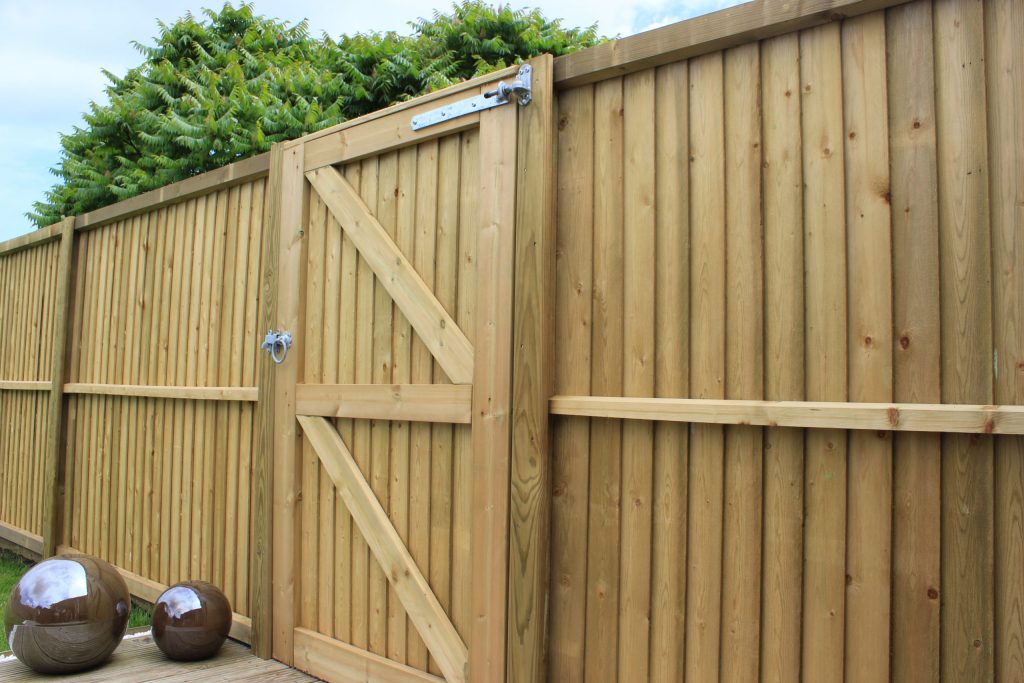
Timber fencing stands as a quintessential feature of British landscapes, offering privacy, security, and aesthetic appeal to homes, gardens, and public spaces across the nation. From traditional picket fences to modern slatted designs, timber fencing options in the UK abound, catering to diverse preferences, budgets, and functional requirements. In this comprehensive guide, we explore the various styles, materials, and considerations associated with timber fencing, empowering homeowners and designers to make informed choices that enhance their outdoor environments.
Traditional Panels and Closeboard Fencing:
One of the most popular choices for residential properties, traditional panels and closeboard fencing offer a classic aesthetic and robust construction. Made from overlapping vertical slats supported by horizontal rails, these fences provide privacy and security while blending seamlessly with the surrounding landscape. Available in a variety of heights and finishes, they can be customized to suit individual preferences and complement architectural styles.
Picket Fencing:
Picket fencing evokes a sense of charm and nostalgia, harkening back to idyllic countryside settings and quaint cottages. Characterized by evenly spaced vertical slats supported by horizontal rails, picket fences are ideal for delineating boundaries without obstructing views. They lend a timeless elegance to front gardens, pathways, and cottage-style homes, adding a touch of whimsy and character to outdoor spaces.
Slatted Fencing:
Modern and minimalist, slatted fencing has surged in popularity in recent years, favored for its clean lines and contemporary appeal. Consisting of evenly spaced horizontal or vertical slats, these fences allow light and air to pass through while providing a degree of privacy and enclosure. Available in various widths, heights, and timber species, slatted fencing offers versatility and visual interest, making it a popular choice for urban gardens, patios, and rooftop terraces.

Post and Rail Fencing:
Practical and rustic, post and rail fencing is a timeless choice for rural properties, paddocks, and agricultural landscapes. Comprising sturdy timber posts and horizontal rails, these fences are simple yet effective in delineating boundaries and containing livestock. They blend harmoniously with natural surroundings, offering unobstructed views and preserving the pastoral charm of countryside settings.
Whether adorned with climbing plants, painted in vibrant hues, or crafted from intricately carved timber, decorative fencing allows homeowners to express their creativity and individuality
Decorative and Ornamental Fencing:
For homeowners seeking to make a statement with their fencing, decorative and ornamental options abound. From lattice panels to trellis designs, these fences add visual interest and architectural flair to outdoor spaces, serving as focal points or accentuating landscaping features. .
Considerations for Timber Fencing:
When selecting timber fencing for a residential or commercial property, several factors should be taken into account to ensure optimal performance and longevity. These include:
- Timber Species: Different timber species possess varying degrees of durability, resistance to decay, and aesthetic characteristics. Common options in the UK include pressure-treated softwoods like pine and spruce, as well as hardwoods such as oak, cedar, and chestnut.
- Treatment and Preservatives: To enhance longevity and protect against rot, decay, and insect infestation, timber fencing should be properly treated with preservatives and sealants. Pressure-treated timber, in particular, undergoes a process that forces preservatives deep into the wood fibers, ensuring long-lasting durability.
- Maintenance Requirements: Regular maintenance is essential to prolonging the lifespan and appearance of timber fencing. This may include cleaning, sanding, staining, or painting to protect the wood from moisture, UV exposure, and environmental wear and tear.
- Installation and Support: Proper installation is crucial for ensuring the stability and structural integrity of timber fencing. Posts should be securely anchored in the ground or mounted on concrete footings, while rails and panels should be securely attached to prevent sagging or warping over time.
- Local Regulations and Planning Permissions: Before installing timber fencing, homeowners should familiarize themselves with local regulations, zoning ordinances, and planning permissions governing fence height, placement, and materials. Failure to comply with these requirements may result in fines or legal consequences.
Timber fencing options in the UK encompass a diverse range of styles, materials, and considerations, catering to the unique needs and preferences of homeowners, businesses, and public institutions. Whether seeking privacy, security, or aesthetic enhancement, there exists a timber fencing solution to suit every environment, budget, and design vision. By understanding the various options and considerations associated with timber fencing, individuals can make informed choices that enhance the beauty, functionality, and value of their outdoor spaces for years to come.
